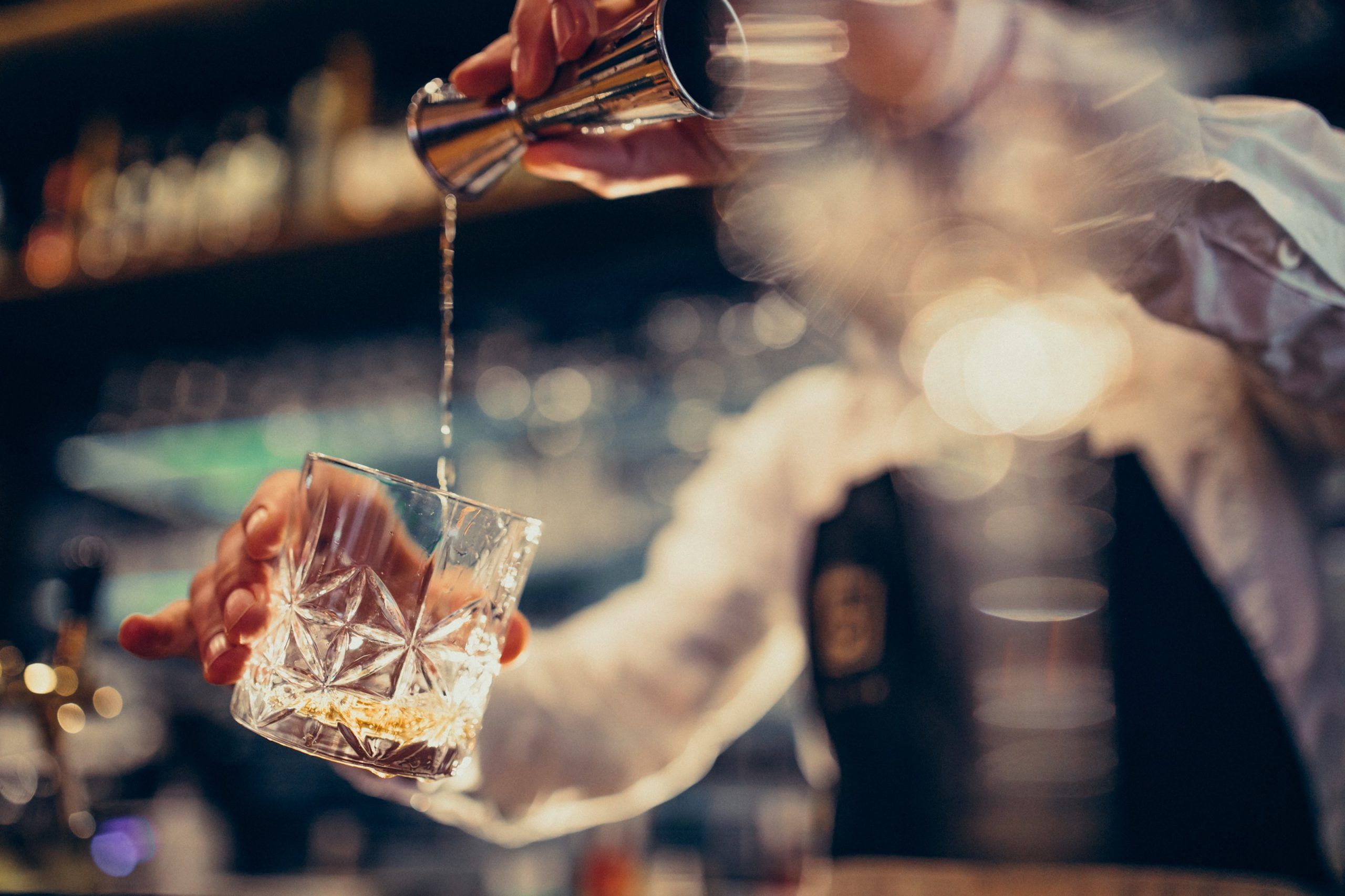
Discovering spirits: what they are, how to choose them, which spirits to buy online
Discovering spirits: from origins to tasting and online purchase advice.
Spirits: what they are and their origins
Medieval Galenic science defined them as water of life, but their alcohol content makes them drinks to be savored in small quantities. Vigorous, but also soft and elegant, the distillates or spirits are mixtures of water and alcohol, the result of the distillation of fermented raw materials, almost always of vegetable origin, such as cereals, wine, pomace, sugar cane, potatoes, juniper berries and various fruits.
Distillato derives from the Latin destillatio, where it indicates a downward movement and STILLATIO means to evaporate a liquid.
The spread of spirits begins in the Mediterranean, more precisely from the Salernitana School, to continue towards the great North and the Americas. In both hemispheres there is a strip of land where the climate is temperate and suitable for viticulture: two initially distilled raw materials are obtained from the vine: wine and pomace.
From the Mediterranean to Northern Europe
Between the sixteenth and seventeenth centuries, the Arabs perfected the still which later allowed the monks to begin the first distillations of essential oils and alcoholic liquids, mainly used for curative purposes. During the preparations it was discovered that some distillates were pleasant on the palate.
Subsequently began the production of wine spirits such as Cognac and Armagnac in France, Brandy in Italy and Spain, but also Grappa in Italy. It was discovered that aging in wood improved the quality of the distillate and since then many are left to rest in small barrels, to refine it and enrich it with pleasant fragrances.
In the Nordic countries the climate was not favorable for viticulture and the raw materials were different; Thus was born the Calvados deriving from apples, the Slivovitz from plums and plums. The agriculture of those countries provided starchy cereals and potatoes, which could be fermented and subsequently distilled, giving rise to Whiskey, Gin and Vodka.
Thanks to the first explorations, with the discovery of the tropical regions of the new world, sugar cane was discovered, with which rum was produced. In the United States, bourbon, corn and rye whiskey are produced using maize and rye.
The American proof
On the labels of the bottles of overseas distillates, the percentage by volume of ethyl alcohol and the indication in proof must be reported, i.e. the empirical test for the evaluation of the alcohol content of a drink. This procedure was already performed at the time of the conquest of the West and consisted in wetting a little gunpowder with the liquid to be tested and then setting it on fire: if the powder burned completely then the greater presence of ethyl alcohol could be confirmed. From this derives the American proof measure which is equivalent to 0.5% ethyl alcohol, therefore a 90 proof distillate contains 45% alcohol.
Main categories
The Whiskey
Vodka
Gin
Brandy: Grappa, Cognac, Armagnac and Brandy
Fruit distillates: Calvados, Tequila, Absinthe
Sugar cane: Rum, Cachaça
Rice: Samu, Arrak, Ruang-koa and Loa-tuan
Distillate production: from must to aging
Starting from the raw materials, which must be of high quality, an initial must is prepared. The following phases are: fermentation of the yeasts, distillation and final stabilization, with a possible aging in barrels.
If the raw materials are fruits that contain simple sugars, just crush them to get the juice. As for cereals and potatoes, which contain complex sugars, the procedure is different. Enzymes are introduced that break down the glucose chains that form starch, under particular conditions of temperature and pressure, to then allow the yeasts to carry out their task.
The fermentation
With the must thus obtained, specific yeast cultures are added, which produce a quantity of ethyl alcohol between 5-12%, together with secondary substances, essential for the quality of the distillate. This process takes about 3-4 days at a temperature between 18 and 25 ° C.
The distillation
During this phase the volatile components, which give the herbaceous component, separate according to the different boiling point. The fermented product heats up to a state of vapor, followed by recondensation to liquid and cooling. The master distiller collects the first fraction of the distillate while the second fraction containing substances with a fruity aroma constitutes the heart of the distillate.
The production continues with the use of distillation columns and stills until stabilization, when the alcoholic degrees are reduced. After refrigeration at -10 / -20 ° C, the final touch-up phase is carried out, in which it is possible to add a maximum of 2% of sugar, to give more softness.